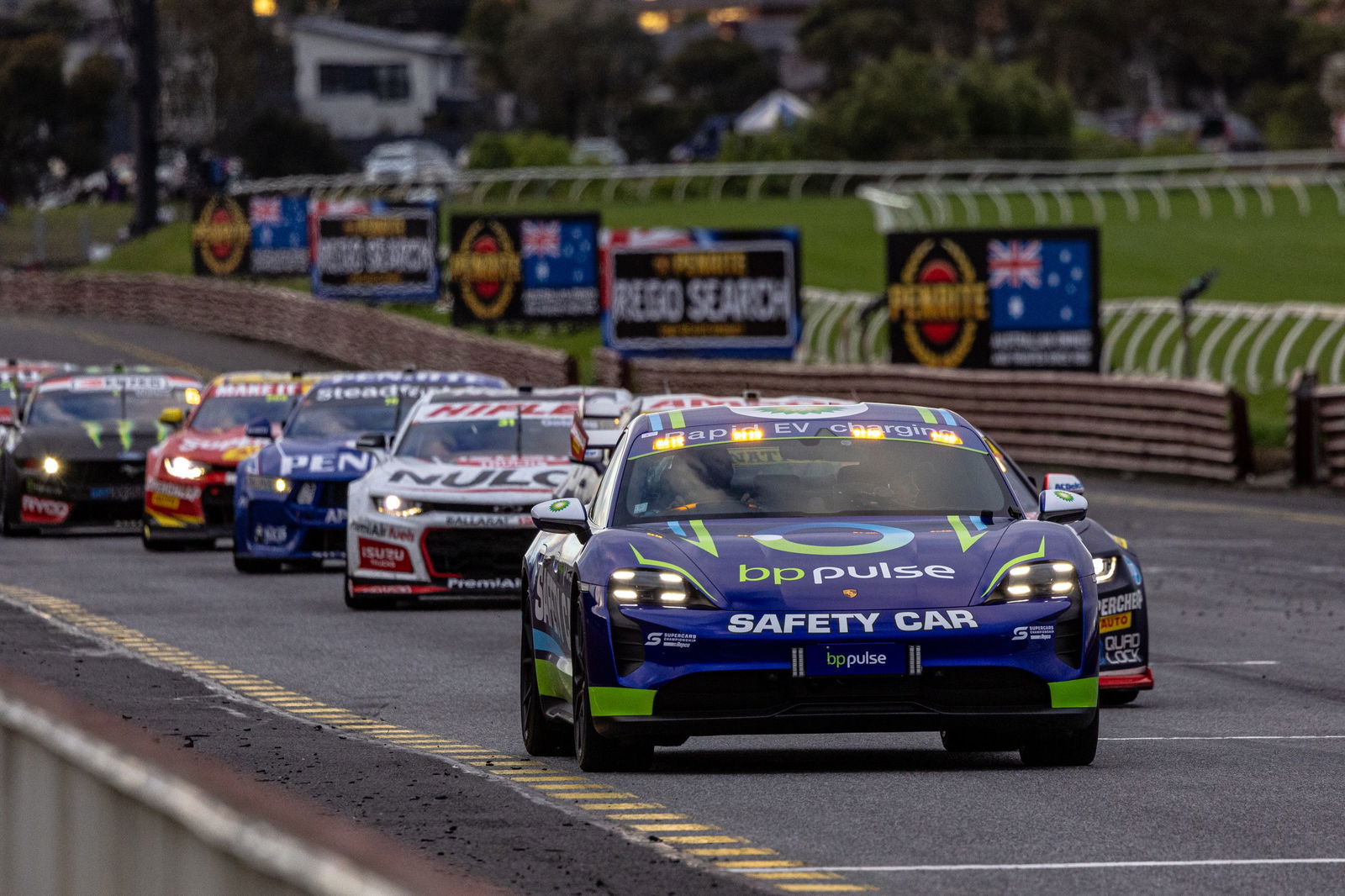

It proved a major talking point throughout Sunday as its implementation had a significant impact on the flow and outcome of the race.
Under FCY rules, drivers are forced to slow to 80km/h within a 15-second time window of the FCY being called, instead of the usual practice of driving flat-out until catching the Safety Car train.
While this has been hailed as a great safety initiative, it also brought an element of danger with several collisions occurring as drivers slammed on their brakes at different points.
The length of the FCY periods also brought positives and negatives.
Race control confirmed to teams on Sunday morning that the FCY would run long enough for them to pit both cars on consecutive laps, eliminating the need to double-stack.
The long-lamented double-stacking occurs because the time lost waiting for the lead car to be serviced is less than that lost while doing a lap at slow speed behind the Safety Car.
Again, the FCY process was heralded by some as a fairer system, allowing top teams like Triple Eight – which finished one-two – to put up a genuine fight with both cars without fearing the double-stack.
However, the length of the FCY periods meant that bold strategy calls, such as that by Grove Racing to pit Matt Payne for fresh tyres late in the race, could be covered by others the following lap.
The process also appeared to stretch the length of the FCY/SC periods, which contributed to the race going time-certain before all 161 laps could be run.
Notably, all but one of the FCY periods ended with the Safety Car being deployed, bunching the pack up before a restart.
Critics of the FCY system have pointed to the lack of a bunched restart as an argument that it leans too much in the way of ‘fairness’ at the detriment of entertainment.
What do you think? Are you a fan of the Full Course Yellow rules as implemented at Sandown?



















Discussion about this post